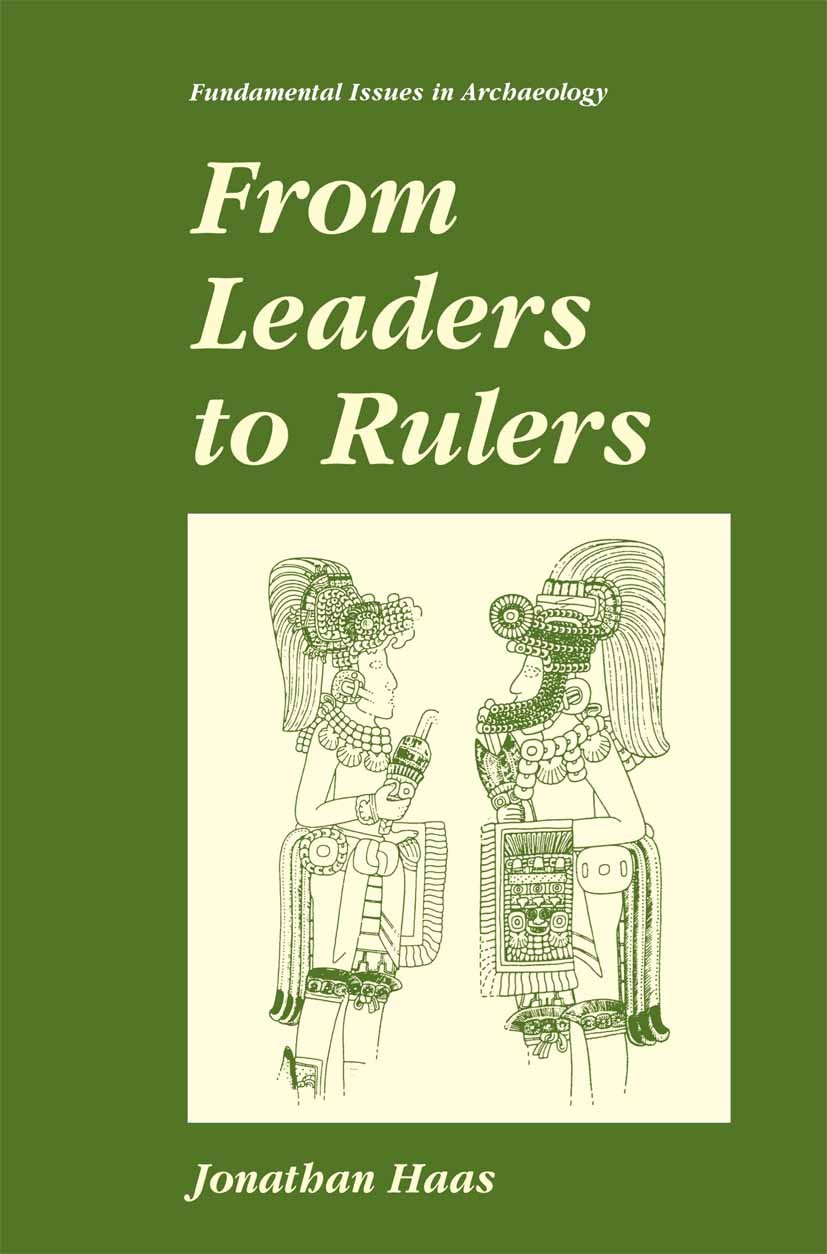| 书目名称 | From Leaders to Rulers | | 编辑 | Jonathan Haas | | 视频video | http://file.papertrans.cn/349/348758/348758.mp4 | | 丛书名称 | Fundamental Issues in Archaeology | | 图书封面 |  | | 描述 | The evolution of complex cultural systems is marked by a number of broad, sweeping patterns that characterize many different cultures at different points in time across the globe. Over the course of the past 100,000 years, there has been a general evolutionary trend for cultural systems to get larger and more complex. A consistent element in the broad course of cultural evolu tion has been the emergence and subsequent development of centralized forms of political organization. The record of the first modern humans illuminates a global wide pat tern of relative social equality and decentralized deciSion-making processes. Prior to about 10,000 years ago, there are no indications of clear social, political, or economic hierarchies. In these early millennia archaeological markers of social ranking are lacking and there is a similar absence of evidence pointing to the presence of leaders, chiefs or rulers. The pattern of social equality began to change at different moments and at different rates in various parts of the world in the course of the last 10,000 years. In some areas, such as Mesopotamia, politically centralized hierarchies emerged very early and developed rapidly, while in | | 出版日期 | Book 2001 | | 关键词 | DDR; Evolution; Maya; Mesopotamia; bronze age; cultural evolution; landscape | | 版次 | 1 | | doi | https://doi.org/10.1007/978-1-4615-1297-4 | | isbn_softcover | 978-1-4613-5484-0 | | isbn_ebook | 978-1-4615-1297-4Series ISSN 1567-8040 | | issn_series | 1567-8040 | | copyright | Springer Science+Business Media New York 2001 |
The information of publication is updating

|
|
 |Archiver|手机版|小黑屋|
派博传思国际
( 京公网安备110108008328)
GMT+8, 2025-9-2 22:30
|Archiver|手机版|小黑屋|
派博传思国际
( 京公网安备110108008328)
GMT+8, 2025-9-2 22:30


